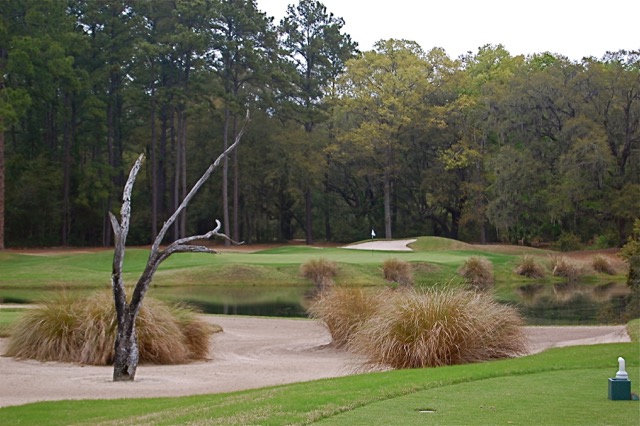Are you following the controversy surrounding a dodgy bit of journalism by the respected golf journalist Dan Jenkins? The new Golf Digest includes an admittedly made-up interview Jenkins held with a faux Tiger Woods. Pitched as a parody, it comes off as so mean-spirited and vindictive that a conspiracy theorist might assume Tiger's handlers and Jenkins could be in cahoots to create a more sympathetic persona for the fallen star. But magazine editors are supposed to be the governors on journalistic excesses like this, and the fact Golf Digest's editorial gatekeepers thought this was worthy of publication shows that bad judgment can be epidemic. Indeed, the magazine displays its full complicity by attaching photos of a stand-in Tiger taking a selfie and stroking what looks like the damaged fender of a Cadillac SUV.
At a website called The Players Tribune, backed by recently retired Derek Jeter of the New York Yankees, Tiger fired back, not with one of those vicious drives whose effort could send any of us to the hospital but instead just sends Tiger to the sidelines, but rather with a few short irons. Claiming the invented Tiger Woods that Jenkins interviewed was
About three quarters of the published interview contains contentions dressed as questions by the author. "Not sure you're aware of this," Jenkins says to faux Woods, "but back when you were at the top of your game I was also the guy who said only two things could stop you from winning more majors than Jack [Nicklaus]: injury or a bad marriage." That's the entire "question" to which Woods responds, "You wrote that?" "In a moment of brilliance, yes," Jenkins answers.
There is a fine line between brilliance and career-defining madness, as Tiger Woods knows and Dan Jenkins is about to find out. You can read the made-up interview online at Golf Digest and Tiger Woods' response at The Players Tribune.
























